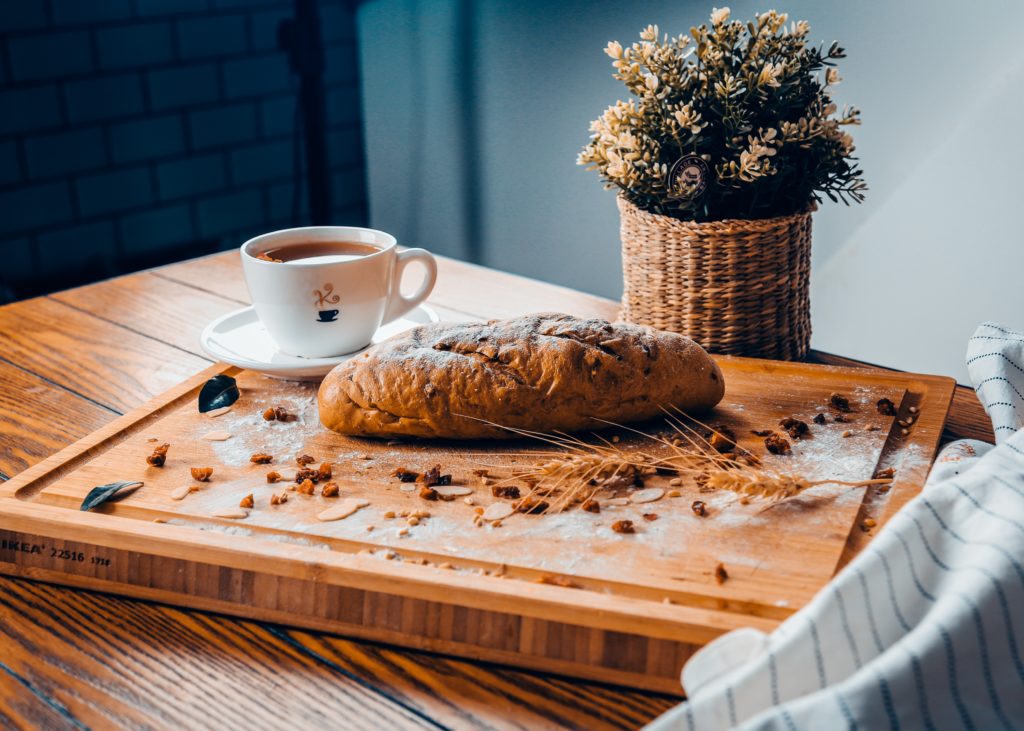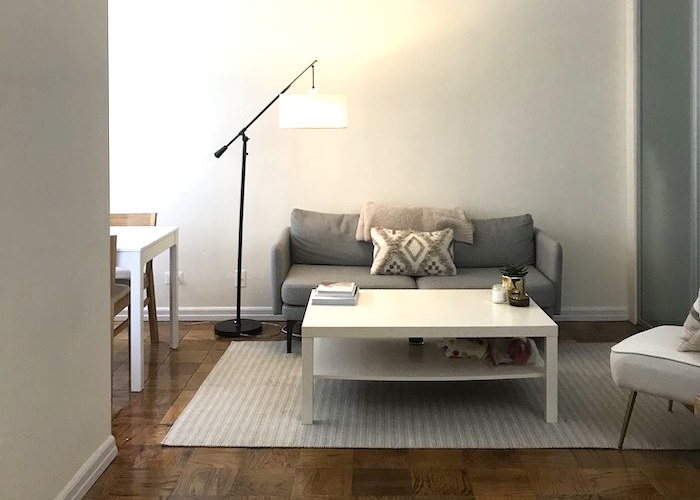How To Start A Mindfulness Practice Without Spending Any Money

The mindfulness trend is everywhere, from the cute books on mindfulness in Topshop and Urban Outfitters to your Instagram feed and inbox. Mindfulness is big news — yet another example of an old idea taking on such power in the realm of modern marketing. Much like yoga, mindfulness has been a part of the wellness and self-care trends we see all over social media. Images of blissful women with perfect bodies, perfect tans, and, apparently, perfect minds are everywhere, with products attached to help us achieve a similarly blissful state.
However, with so many of these books, journals, lounge clothes and juices representing the marketability of mindfulness and in fact just being big, semi-concealed advertisements, how can we access real mindfulness? Not the marketing ploys, not the endless line of things to buy, but the practices and habits that can actually make a difference in our lives.
Well, it’s not just a fad. Mindfulness-Based Cognitive Therapy (MBCT) is helping people with serious mental health problems around the world. A study by the University of Surrey found that this therapy can decrease depression by 63% and reduce anxiety by 58%. Another paper by the same university showed that mindfulness can also be used to help physical symptoms such as fatigue, pain, and insomnia. Going forward, research into mindfulness is focusing on specific health conditions and the way in which an illness and its symptoms can be improved by regular mindfulness practice and Mindfulness-Based Cognitive Therapy. But with MBCT still a specialist form of therapy with few therapists available and long waiting lists, how can the rest of us start a mindfulness practice while avoiding the cost of well-marketed “mindfulness” products?
Whenever these cleverly marketed items appeal to us, it’s best to take time to research and consider if you really need them — will they actually make a difference? Will you really use them? Do you have an alternative at home you can use instead? For example, rather than an expensive meditation cushion, use a cushion off your bed! You can still have a great mindfulness practice without all the “necessary” accessories.
To get you started, here are 5 mindfulness practices that require no money at all:
1. Breathe
The breath is the most accessible way to bring yourself into the present moment. When we focus on our breath, we must be focused on the present moment because we can only ever breathe in the present. There are many different breath-centered meditations to help focus the mind, but for beginners, using the breath is as simple as noticing, and then changing, our breath.
To begin, sitting or lying where you are, close your eyes and bring your attention to wherever your breath is most prominent in the body — for example, the rise and fall of your stomach. After a few breaths noticing this sensation, lengthen your inhale and exhale, taking three long, full breaths, feeling your body expand with each inhale. When you open your eyes and return to normal breathing, you’ll feel more relaxed and at ease. This is a quick pause that can help us to step back and consider what next and can also help to still the rush of anxiety, anger or frustration.
2. Journal
No expensive mindfulness journals here — just whichever notebook and pen you have around. As well as not needing to be expensive, journaling doesn’t have to take up loads of time. You don’t need to write every detail of your day. Instead, try to simply answer these three prompts:
- Today the thing I am grateful for is:
- Today the person I am grateful for is:
- Outside the weather is:
These three prompts will help you to be thankful, and thankfulness is always important for mindfulness. The final prompt will bring you into the present and help you to notice things you might not normally. It can be easy to go through an entire day without looking outside and paying attention. Therefore, the final prompt is designed to help you do so.
3. Walk
Walking is one of the most meditative practices around, and it is accessible to many of us. Head outside for as long as possible — even if you only manage five or 10 minutes, the fresh air, sunlight, and change of space will help you feel calmer. While walking, try not to look at your phone, and if you are with a friend, take a few minutes where you don’t talk, but simply walk.
As you walk, either focus on your feet landing on the earth with each step, or look around — what can you see? Even in a busy city, there will be signs of nature. Perhaps you pay attention to these. You could focus on sounds, simply noticing what you can hear and naming them. With this focus, you become truly present in the moment and will stop going through your to-do list, your list of worries and concerns, or thinking about whatever you have to buy, book, or look forward to.
4. Sleep
Developing a bedtime routine will help you sleep well and bring a touch of mindfulness to your evenings. Sleep is incredibly important to physical and mental wellbeing, so finding a bedtime routine that works for you is one of the best things you can do for yourself. Consider turning off tech an hour before going to sleep. Read in bed to help relax. If you wish, add essential oils such as lavender to your routine by dotting them onto your pillow and duvet or dropping them onto your hand and breathing in their scent.
If you really struggle to sleep, consider a bedtime meditation such as focusing on your breath or going around your body, tensing and relaxing each limb until you feel sleepy.
5. Meditate
Meditation can feel inaccessible. It might conjure images of monks sitting for hours in uncomfortable positions, closing themselves off from the world. But meditation is for everyone. It can be just a few minutes out of your day, and there are so many different forms of it — there is bound to be one you’ll enjoy.
Getting started is often the hardest part when it comes to how to start a mindfulness practice, and there are many apps available to help. However, these can be costly. 10% Happier has a free setting with a few mediations available each day to those who don’t pay the monthly fee. There are more than enough free meditations on there, and the app even keeps track of how many minutes each day you’ve meditated and tracks how many days in a row you have meditated, which really pushes you to keep at it. Another great, free meditation app is Insight Timer, which has loads of free content from different meditation teachers. If you enjoy their work, you can choose to donate to them as payment, but there is no pressure to and you can use as many of the meditations and soundtracks as you like without having to pay.
*****
With so many mindfulness options available, you definitely don’t need to spend money to give them a try! Mindfulness is simply trying to be more present — living in this moment right here rather than dwelling on the past, worrying about the future, or wishing time away. It sounds simple, but it takes practice. I hope you find these tips helpful and give mindfulness a go!
Hannah Bullimore is a writer and blogger from Newcastle, England. She loves learning about ethical fashion, health, and wellbeing and is an avid reader. In 2019 she will be training to be a yoga teacher and continuing to teach creative writing as a form of self-care. She writes lifestyle posts and book reviews on her blog, which can be found here.
Image via Unsplash
Like this story? Follow The Financial Diet on Facebook, Instagram, and Twitter for daily tips and inspiration, and sign up for our email newsletter here.




